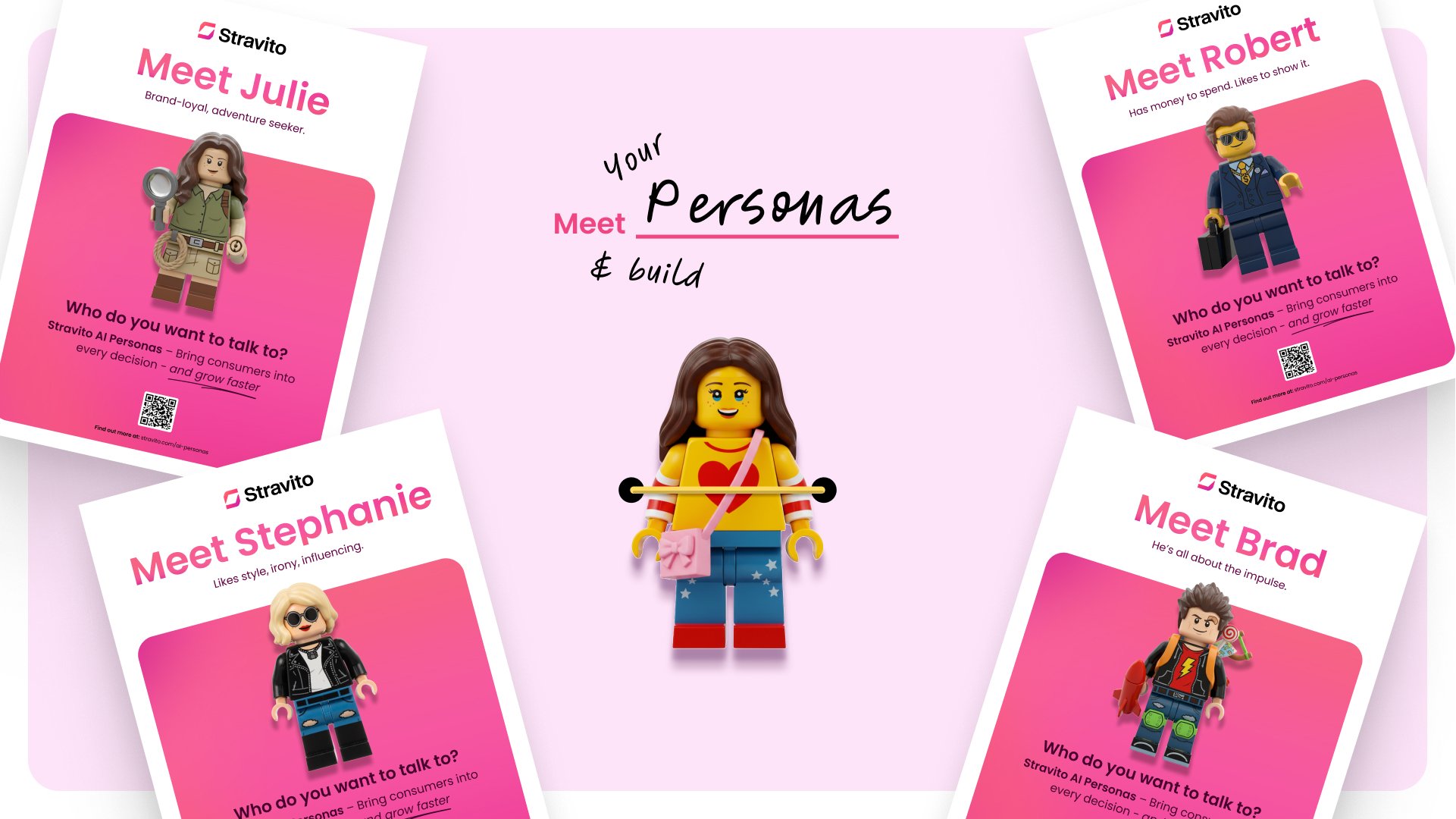You’ve put hard work and effort into building a research repository packed full of valuable insights. But nobody seems to use it — or worse, even know it exists.
Sound familiar? You’re not alone in this challenge.
During our recent webinar, industry experts Emily DiLeo (UXR knowledge management strategist and founder of The Current) and Jake Burghardt (product research expert and author of Stop Wasting Research) shared why so many repositories simply don’t make the impact researchers hope for. They also outlined clear and practical tips on making your repository useful to various teams in your organization.
Here’s why most research repositories fail — and how to ensure yours doesn’t.
6 common repository red flags
First, let’s cover some common repository red flags:
- Stakeholders never visit (or aren’t aware it exists)
- Stakeholders don’t care about the research
- It’s challenging to find the right insights
- Goals for the repository are unclear
- Research is dispersed across files and platforms
- There’s a focus on the storage of insights, instead of the delivery
But here’s the good news: these issues can be fixed. Let’s walk through how.
1. Define goals first
Most repositories fail because their goals are unclear. Instead of quickly choosing a new tool or platform for your repository, first map out the critical points where research should drive decision-making. It is a good idea to discuss these points at important meetings, such as quarterly planning, product development, or marketing strategy.
Work backward from these decision points and plan your repository to support them. This goal-driven setup means your repository is geared for impact. Focus on this rather than on picking certain features in a tool. Without a clear sense of which team needs insights and when, even the best tools can end up unused.
2. Make insights actionable
Uploading files to a repository is easy. The more challenging part is creating real value and buzz from that research.
Treat your repository like a launchpad for action, not just a digital archive where insights sit unused. For example, add shareable links for each key insight so they can be easily included in project plans, presentations, and emails. When it comes to tools, pick solutions that recommend related insights that help people discover relevant information they might have missed.
These small but mighty steps make insights more visible and easier to share, which predominantly drives impact.
3. Focus on sharing and socialization
Equally important is creating an insight-led culture where research is shared regularly. Socializing research across the organization might sound overwhelming or time-consuming, but it doesn’t have to be. It’s all about practicing small habits that keep research top-of-mind across the business, or at least reaching the right people.
Here are some tips on socializing insights:
- Create a central, easy-to-find research hub landing page
- Ensure all insights are captured and resurface them in the future when necessary
- Summarize relevant past research to share with stakeholders
- Host regular research show-and-tell sessions with other departments
- Celebrate quick wins from different teams across internal comms channels
When insights are shared regularly, teams begin to expect and appreciate them. They become more involved in research, and their appetite for insights grows; that's when repositories really start to add value.
4. Don’t hesitate to start small
If your team hasn’t set up a repository yet or it doesn’t seem up to standards, it’s tempting to wait until you’ve figured out the perfect system before taking action on most of these tips.
But the best way to learn is by doing. Even starting with a simple shared Google Doc or an Excel spreadsheet of your top five insights is better than nothing and is a common place to start.
Notice how often these insights are referenced in planning sessions. Then, refine your strategy based on that usage and scale upwards from there.
Testing in real-life scenarios is often the quickest path to understanding what works for your team and what doesn’t. Perhaps this step shows that you should invest in a more advanced repository solution — or maybe it reveals that your team is suited to something simpler.
5. Let AI do the heavy lifting (but keep the human touch)
AI can be a major help in building a strong research repository in several ways. For example, some platforms (like Stravito) offer generative AI to automatically tag content and suggest related insights — like a librarian pointing you to other useful books. This feature is a great way to surface relevant information without manual searching.
However, remember that AI features don’t replace human judgment. Always keep researchers in the loop regarding AI and your repository to verify its suggestions and protect nuance.
Also, make sure to keep copies of your original insights or reports. It’s good practice, and you might one day want to refer back to the source when deeper context or comparison is required.
Transform your repository today
Is your repository visible and helping your organization make smart decisions? Or is it gathering digital dust? If it’s the latter, here’s a quick summary on how to make some important changes:
- Identify the key decision moments where research is needed
- Focus on activating insights, not just storing them
- Build and support an insight-led culture across the organization
- Start small, experiment, and evolve
- Use AI to automate — but always apply the human touch
With these changes, you can transform your repository into a living, breathing resource that helps teams move faster, collaborate better, and make more confident, intelligent decisions.
Want to explore the topic further? Watch the full webinar, Why Repositories Fail — and How to Get It Right below.


%20(3).png)


